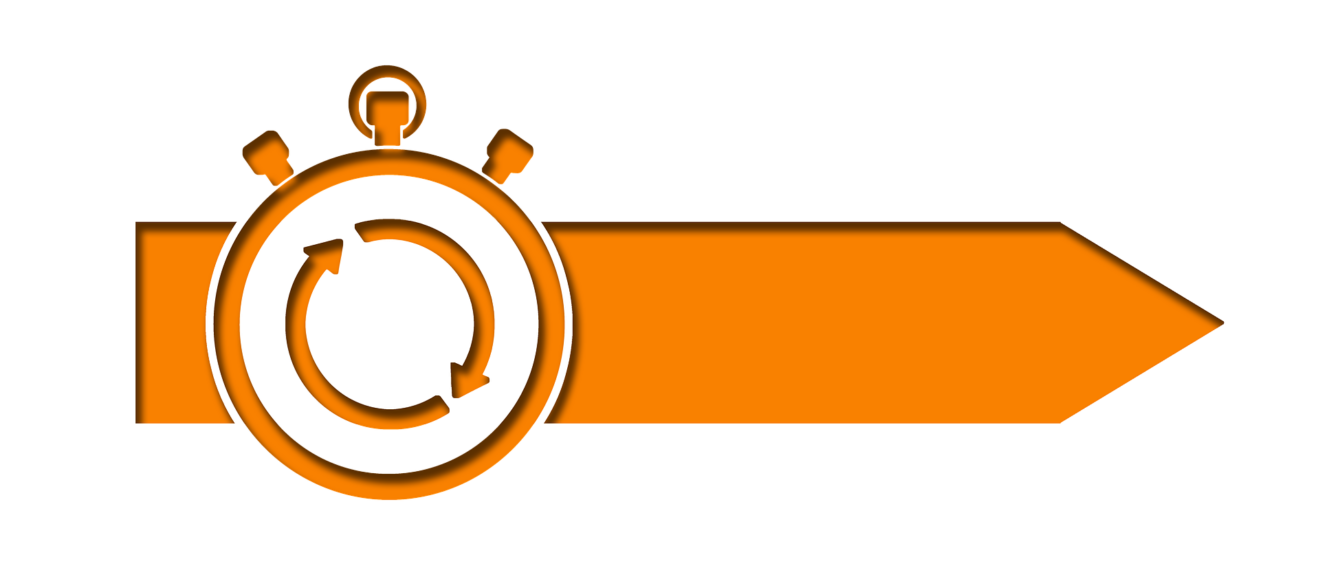We live in a golden age for business where we are awash in technology yet still cannot seem to reliably manage projects. Even boosting productivity seems to be an incredible challenge.
The link between employee productivity to company performance remains elusive to many companies. It is common for companies to increase investment in boosting productivity but not see the return in the form of company performance. Most managers do attempt to take planning and leadership seriously, but these efforts are not paying off.
One solution-focused methodology exists, however, in the form of a framework that can help companies align their employee’s productivity to company performance. Robert Kaplan of Harvard Business School developed a strategic planning and management system called The Balanced Scorecard. The framework was developed to manage strategy rather than just capture a snapshot of it.
The Balanced Scorecard overview
The Balanced Scorecard is a strategic planning and management system that is used by companies to accomplish four critical objectives for every business: vision communication, operations alignment with strategy, project prioritization, and company performance relative to strategic goals.
The system accomplishes a lot by connecting the big-picture strategy of an organization with the day-to-day work of employees. This system identifies mission, vision, core values, focus areas, operational objectives, KPI measures, targets and initiatives.
The BSC is based on four “perspectives”: financial, stakeholder, internal and organizational capacity. In this article, we will be focusing on the internal perspective, which examines the productivity of employees, incentives, key processes and general efficiency.
Preparing the link: Total alignment
While the framework itself can produce strong insights and a management system for executives, the BSC will not work well until it is integrated across the organization. It is a management system and can be scaled down from companywide management to the level of team management. With a total alignment of performance and productivity management an organization can gain: a common “language” for agency managers; same page understanding for interpreting measurement results; and an integrated picture of the agency overall.
If you are in upper management, make sure that any discussions of the BSC that are being considered also have managers at all levels use the framework as a medium of discussing business performance with each other.
Productivity KPI links to performance
After an extensive process with the BSC, you will eventually have to identify key performance indicators to track productivity and progress towards achieving optimal company performance. Below are a few you can use to track productivity for both remote and on-site employees.
- Tasks completed. Employee monitoring is typically thought of as a means to improving productivity, but when employers put it to practice, it is usually only in the context of time tracking or computer activity. While these two data points provide a lot of useful data, they do not provide insight into tracking the progress of achieving the mission of your business. Instead, tracking tasks can provide insights on individual performance and how it ties closely to business goals. Paired with time tracking, you will have enough data to alter processes in a meaningful way for employees.
- Benchmarking with revenue per employee (total revenue/FTE). The next metric is a financial one that can provide a companywide measurement of performance of the average employee. This metric can be good for benchmarking individual contributions against others in the team and progress towards company strategic goals. Revenue per employee is a measure of total revenue divided by the number of full-time-equivalent employees in the organization.
- Passive time tracking. If you’re attempting to boost productivity, then the last thing you want is more paperwork for your employees. In this case it would be a timesheet every week. Fortunately, technology allows for passive time tracking. On an employee level, this simply means one click of a button to start the timer while they’re working. As a manager, passive time tracking can provide data in the form of background screenshots, application usage, idle time versus active time, and customized indicators.
Together, passive time tracking, task measurement and financial benchmarking can provide complete data sets for productivity analysis. Scale this up even further to link to the BSC, and you will be able to have a comprehensive profile to benchmark employee productivity levels to company performance.
Isaac Kohen started out in quantitative finance by programming trading algorithms at a major hedge fund. His time spent in the financial world and exposure to highly sensitive information triggered his curiosity for IT security. He worked as an IT security consultant for several years where he spearheaded efforts to secure the IT infrastructure of companies with masses of confidential data. He decided to focus on algorithms targeting user behavior to find outliers within the companies he consulted with to help detect insider threats, founding his company, Teramind. Kohen is CEO and also leads product development, with a strong focus on productivity and efficiency in developing the product. He has years of experience increasing productivity in remote teams. Kohen can be reached at [email protected].
If you enjoyed this article, join SmartBrief’s e-mail list for our daily newsletter on being a better, smarter leader. Every Monday, the newsletter highlights ways to be more productive without working longer hours.
